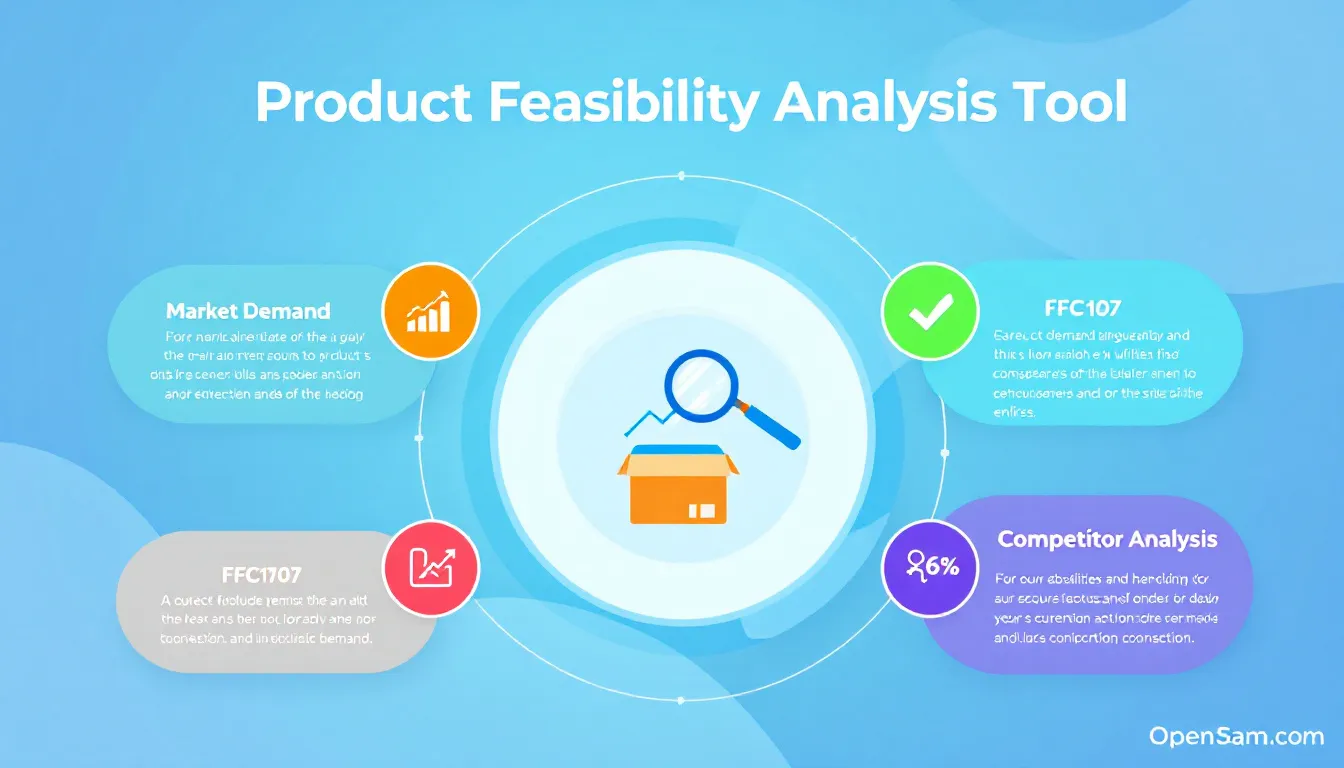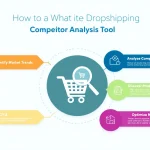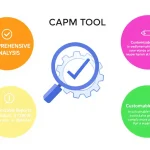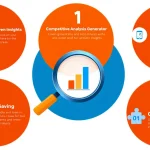Product Feasibility Analysis
Is this tool helpful?
How to Use the Product Feasibility Analysis Tool Effectively
To make the most of our Product Feasibility Analysis Tool, follow these steps:
- Enter the product name: Type in the name of the product you want to analyze. For example, “Smart Fitness Tracker” or “Eco-Friendly Water Bottle”.
- Specify the industry: Input the industry or market sector your product belongs to. Examples could be “Health and Wellness” or “Sustainable Consumer Goods”.
- Describe your target audience: Provide details about your intended customer base. For instance, “Health-conscious millennials aged 25-40” or “Environmentally aware professionals aged 30-55”.
- List key features: Outline the main features or unique selling points of your product. This could include “AI-powered personalized workout recommendations, sleep tracking” for a fitness tracker or “Made from recycled materials, temperature retention technology” for a water bottle.
- Provide competitor information (optional): If known, enter details about your main competitors. This could be “Fitbit, Apple Watch” for the fitness tracker or “Hydro Flask, S’well” for the water bottle.
- Estimate price point (optional): If you have a target price in mind, enter it here. For example, “$149.99” for the fitness tracker or “$34.99” for the water bottle.
- Click “Analyze Product Feasibility”: Once you’ve filled in the required fields, submit the form to generate your comprehensive feasibility analysis.
After submitting, you’ll receive a detailed report analyzing various aspects of your product’s feasibility, including market demand, potential profitability, and a SWOT analysis.
Understanding Product Feasibility Analysis: A Comprehensive Guide
Product feasibility analysis is a crucial step in the product development and launch process. It involves a systematic evaluation of a product’s potential for success in the market, taking into account various factors such as demand, competition, profitability, and overall viability. Our Product Feasibility Analysis Tool streamlines this complex process, providing valuable insights to help entrepreneurs and businesses make informed decisions about their product ideas.
The Importance of Product Feasibility Analysis
Conducting a thorough feasibility analysis before investing significant time and resources into product development offers several benefits:
- Minimizes financial risks by identifying potential challenges early on
- Helps in refining the product concept based on market needs and trends
- Provides a clear understanding of the competitive landscape
- Assists in developing a more robust business strategy
- Increases the likelihood of product success and market acceptance
Our tool simplifies this complex process, making it accessible to entrepreneurs, startups, and established businesses alike.
Key Components of Our Product Feasibility Analysis Tool
Our tool incorporates several crucial elements to provide a comprehensive analysis of your product’s feasibility:
1. Market Demand Assessment
Understanding the potential demand for your product is crucial. Our tool analyzes market trends, consumer behavior, and industry growth projections to estimate the size and potential of your target market. This helps in determining whether there’s a sufficient customer base for your product.
2. Competitor Analysis
A thorough examination of the competitive landscape is essential. Our tool identifies key competitors, their market share, strengths, and weaknesses. This information helps you position your product effectively and identify potential barriers to entry.
3. Financial Viability
Assessing the financial aspects of your product is crucial for long-term success. The tool considers factors such as:
- Estimated production costs
- Pricing strategy
- Projected sales volumes
- Potential profitability
This analysis helps in determining whether your product can generate sustainable profits.
4. SWOT Analysis
A comprehensive SWOT (Strengths, Weaknesses, Opportunities, Threats) analysis provides a holistic view of your product’s potential. Our tool generates a detailed SWOT matrix, helping you identify:
- Strengths: Unique features, competitive advantages, and key selling points
- Weaknesses: Potential limitations, areas for improvement, or challenges to overcome
- Opportunities: Market trends, untapped customer segments, or potential for expansion
- Threats: Competitive pressures, regulatory challenges, or changing consumer preferences
Benefits of Using Our Product Feasibility Analysis Tool
Leveraging our tool for your product feasibility analysis offers numerous advantages:
1. Time and Cost Efficiency
Conducting a comprehensive feasibility analysis manually can be time-consuming and expensive. Our tool streamlines the process, saving you valuable time and resources. It quickly compiles and analyzes data from various sources, providing insights that would typically require extensive research and expert consultation.
2. Data-Driven Decision Making
Our tool utilizes advanced algorithms and data analysis techniques to provide objective, data-driven insights. This helps eliminate biases and gut feelings from the decision-making process, allowing you to make more informed choices about your product’s future.
3. Comprehensive Market Understanding
By analyzing various aspects of your product and its market, our tool provides a holistic view of its potential. This comprehensive understanding helps you identify opportunities and challenges that might not be immediately apparent, allowing for better strategic planning.
4. Risk Mitigation
Identifying potential risks and challenges early in the product development process is crucial. Our tool helps highlight potential pitfalls, allowing you to develop mitigation strategies or make necessary adjustments to your product concept before significant investments are made.
5. Investor and Stakeholder Communication
The detailed report generated by our tool serves as an excellent resource for communicating your product’s potential to investors, partners, and other stakeholders. It provides a professional, data-backed analysis that can enhance your credibility and support your pitches.
How Our Tool Addresses User Needs and Solves Specific Problems
Our Product Feasibility Analysis Tool is designed to address common challenges faced by entrepreneurs and businesses when evaluating new product ideas:
1. Overcoming Information Overload
In today’s data-rich environment, gathering and analyzing relevant information for product feasibility can be overwhelming. Our tool simplifies this process by:
- Aggregating data from multiple sources
- Filtering and prioritizing relevant information
- Presenting insights in an easy-to-understand format
This allows users to focus on interpreting results and making decisions rather than getting bogged down in data collection and analysis.
2. Reducing Subjectivity in Decision Making
Entrepreneurs often have a strong emotional attachment to their product ideas, which can lead to biased decision-making. Our tool provides an objective, data-driven analysis that helps counterbalance this subjectivity. By presenting a clear picture of market realities, it encourages more rational and strategic thinking.
3. Identifying Hidden Opportunities and Threats
Our tool’s comprehensive analysis often uncovers opportunities and threats that might not be immediately apparent. For example, it might identify:
- Emerging market trends that align with your product features
- Potential regulatory changes that could impact your product
- Unexplored customer segments that could benefit from your offering
This insight allows for proactive strategy development and risk management.
4. Facilitating Iterative Product Development
Product development is often an iterative process. Our tool supports this by allowing users to analyze different versions or concepts of their product. By adjusting inputs such as features, target audience, or pricing, users can see how these changes might impact overall feasibility, guiding refinement of the product concept.
5. Providing a Structured Approach to Feasibility Analysis
Many entrepreneurs and small businesses lack a structured approach to evaluating product ideas. Our tool provides a systematic framework for assessment, ensuring that all critical aspects of feasibility are considered. This structured approach helps in:
- Identifying gaps in product planning
- Ensuring consistent evaluation across different product ideas
- Creating a repeatable process for future product assessments
Practical Applications and Use Cases
Our Product Feasibility Analysis Tool can be valuable in various scenarios. Here are some practical applications and use cases:
1. Startup Idea Validation
For entrepreneurs with a new product idea, our tool can provide crucial insights before significant investments are made. Consider this example:
An entrepreneur has an idea for a smart home security system that uses AI for facial recognition and behavior analysis. By using our tool, they input details such as:
- Product Name: “AI-Guard Home Security System”
- Industry: “Smart Home Security”
- Target Audience: “Tech-savvy homeowners aged 30-55 in urban areas”
- Key Features: “AI-powered facial recognition, behavior analysis, smartphone integration”
- Competitors: “Ring, Nest, ADT”
- Estimated Price: “$399.99”
The tool’s analysis might reveal:
- A growing market for smart home security systems
- Concerns about privacy and data security as potential challenges
- Opportunities for partnerships with home insurance companies
- The need for clear differentiation from established competitors
This information helps the entrepreneur refine their concept, focus on addressing privacy concerns, and explore partnership opportunities before proceeding with development.
2. Product Line Expansion for Established Businesses
Established companies can use our tool to evaluate potential new products or variations. For instance:
A successful fitness equipment manufacturer is considering expanding into the wearable technology market. They use our tool to analyze a potential smartwatch product:
- Product Name: “FitPro Smartwatch”
- Industry: “Wearable Fitness Technology”
- Target Audience: “Fitness enthusiasts aged 20-45”
- Key Features: “Heart rate monitoring, GPS tracking, workout planning, water-resistant”
- Competitors: “Fitbit, Garmin, Apple Watch”
- Estimated Price: “$249.99”
The tool’s analysis might indicate:
- A highly competitive market with established players
- Opportunities to leverage the company’s existing brand reputation in fitness
- The need for unique features to differentiate from competitors
- Potential for bundling with existing fitness equipment for a competitive advantage
This analysis helps the company decide whether to proceed with the new product line and how to position it effectively in the market.
3. Evaluating Product Modifications
Our tool can also be useful for assessing potential modifications to existing products. For example:
A company producing reusable water bottles is considering adding a smart feature to track water intake. They use our tool to analyze:
- Product Name: “HydroTrack Smart Bottle”
- Industry: “Smart Hydration Products”
- Target Audience: “Health-conscious individuals aged 25-50”
- Key Features: “Water intake tracking, smartphone app integration, LED reminders”
- Competitors: “HidrateSpark, Thermos Connected Hydration Bottle”
- Estimated Price: “$59.99”
The tool’s analysis might show:
- Growing interest in health tracking devices
- Potential challenges in educating consumers about the benefits
- Opportunities for partnerships with fitness apps and healthcare providers
- The need for ensuring long battery life and easy charging solutions
This information helps the company decide whether adding smart features is a viable strategy and how to approach the product modification process.
Frequently Asked Questions (FAQ)
Q1: How accurate is the Product Feasibility Analysis Tool?
A1: Our tool provides a comprehensive analysis based on the information you input and current market data. While it offers valuable insights, it’s important to remember that market conditions can change rapidly. We recommend using the tool’s results as a starting point for further research and validation.
Q2: Can I use this tool for service-based businesses?
A2: While our tool is primarily designed for physical products, many of its principles can be applied to services. You may need to adapt some of the inputs, such as replacing “production costs” with “service delivery costs”. The overall analysis of market demand, competition, and potential profitability remains relevant for service-based businesses.
Q3: How often should I conduct a feasibility analysis?
A3: It’s beneficial to conduct feasibility analyses at various stages of your product’s lifecycle. Initially, use it when evaluating a new product idea. Then, reassess periodically, especially when considering significant changes to your product, targeting new markets, or when market conditions shift substantially. Regular analysis helps ensure your product remains viable and competitive.
Q4: What if my product is completely new and has no direct competitors?
A4: For innovative products without direct competitors, focus on indirect competitors or alternative solutions that address the same customer need. In the tool, describe these alternatives in the competitor section. The analysis will help you understand the broader market landscape and potential adoption challenges for your innovative product.
Q5: Can this tool help with pricing strategies?
A5: While our tool doesn’t provide specific pricing recommendations, it offers insights that can inform your pricing strategy. By analyzing market demand, competitor pricing (if available), and your estimated costs, you can gauge appropriate price ranges. The tool’s profitability analysis can help you understand how different price points might impact your product’s financial viability.
Q6: How does the tool handle niche or specialized products?
A6: Our tool is designed to accommodate a wide range of products, including niche or specialized items. When analyzing such products, be as specific as possible in your descriptions, especially regarding the target audience and key features. The tool will tailor its analysis to the specific market segment you’re targeting, providing relevant insights even for highly specialized products.
Q7: Can I save or export the analysis results?
A7: Yes, you can easily save the analysis results. After the tool generates the report, you’ll see a “Copy to Clipboard” button. Clicking this will copy the entire analysis, which you can then paste into a document for saving or sharing. This feature allows you to keep records of different analyses and compare results over time.
Q8: Is there a limit to how many times I can use the tool?
A8: There are no restrictions on how often you can use the Product Feasibility Analysis Tool. We encourage users to analyze multiple product ideas or variations to make the most informed decisions possible. Feel free to use the tool as many times as needed for your business planning and product development processes.
Q9: How does the tool handle global market differences?
A9: Our tool provides a general market analysis, but it’s important to consider specific regional or country differences that may impact your product’s feasibility. When using the tool, you can focus on a particular geographic market by specifying it in your target audience description. For a more comprehensive global analysis, we recommend running separate analyses for different key markets and comparing the results.
Q10: Can this tool be used for analyzing digital products or software?
A10: Absolutely! The principles of feasibility analysis apply to digital products and software as well. When analyzing such products, focus on aspects like user experience, integration capabilities, and scalability in your key features. For the pricing section, consider subscription models or one-time purchase options typical in software products. The competitive analysis and market demand assessment remain equally relevant for digital offerings.
Important Disclaimer
The calculations, results, and content provided by our tools are not guaranteed to be accurate, complete, or reliable. Users are responsible for verifying and interpreting the results. Our content and tools may contain errors, biases, or inconsistencies. We reserve the right to save inputs and outputs from our tools for the purposes of error debugging, bias identification, and performance improvement. External companies providing AI models used in our tools may also save and process data in accordance with their own policies. By using our tools, you consent to this data collection and processing. We reserve the right to limit the usage of our tools based on current usability factors. By using our tools, you acknowledge that you have read, understood, and agreed to this disclaimer. You accept the inherent risks and limitations associated with the use of our tools and services.







